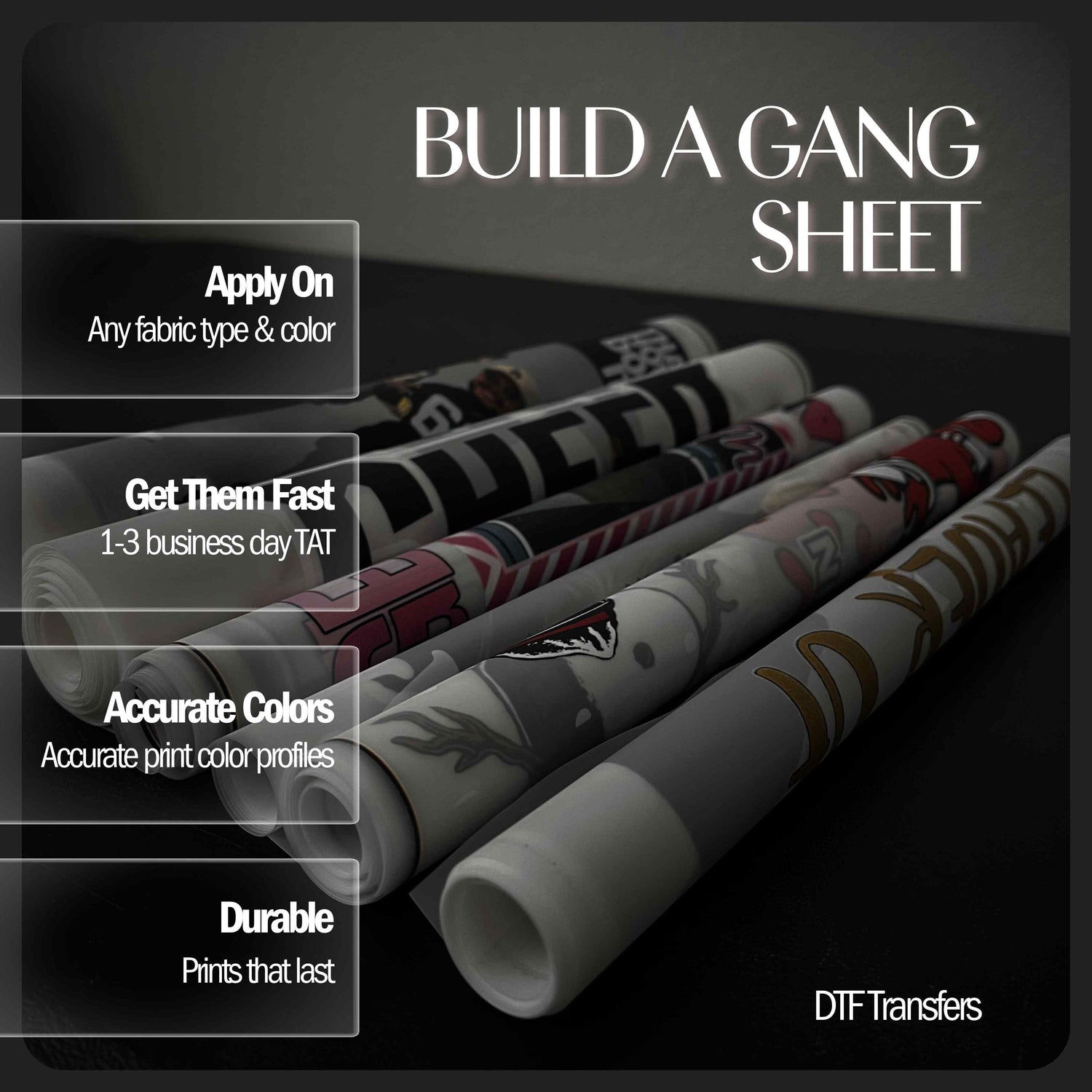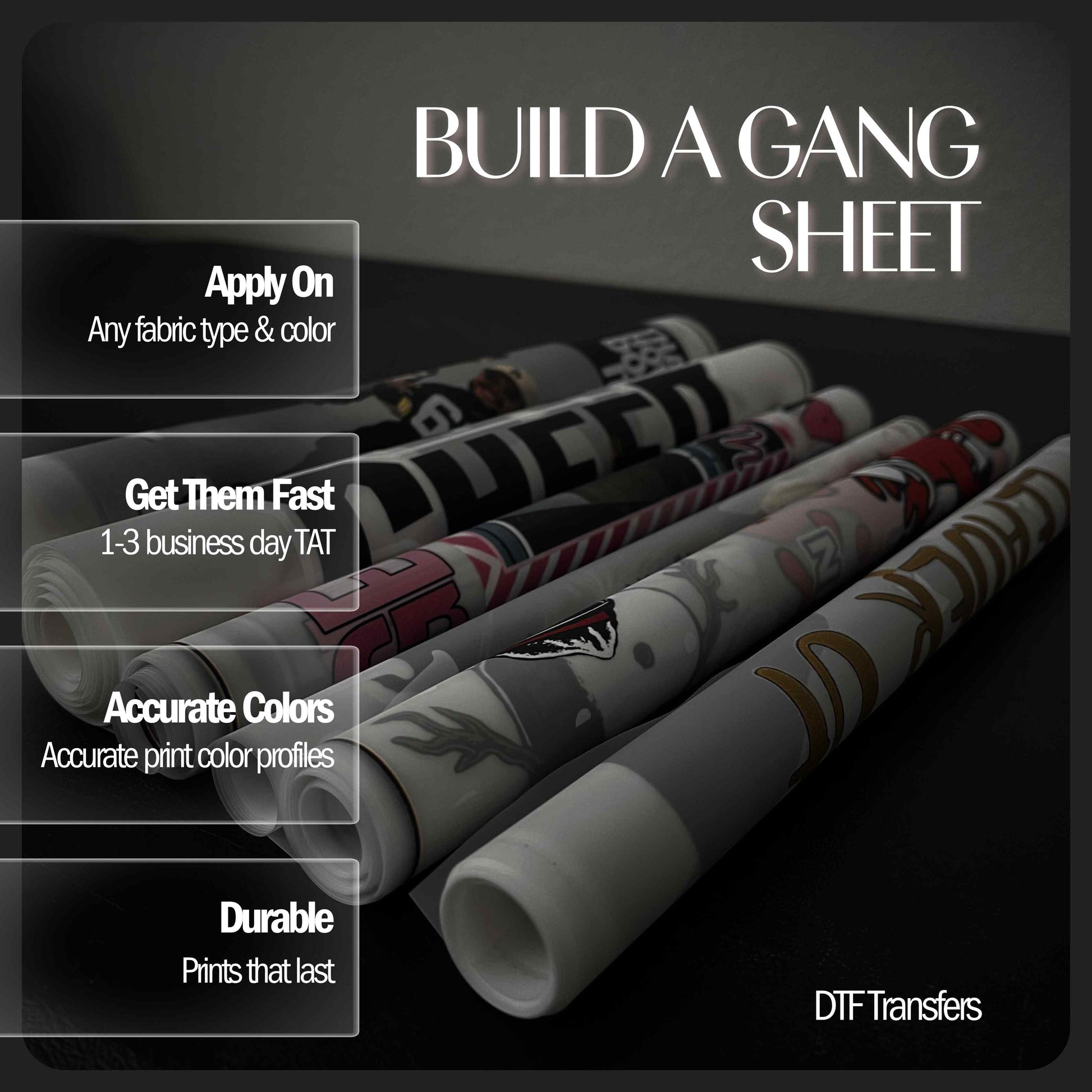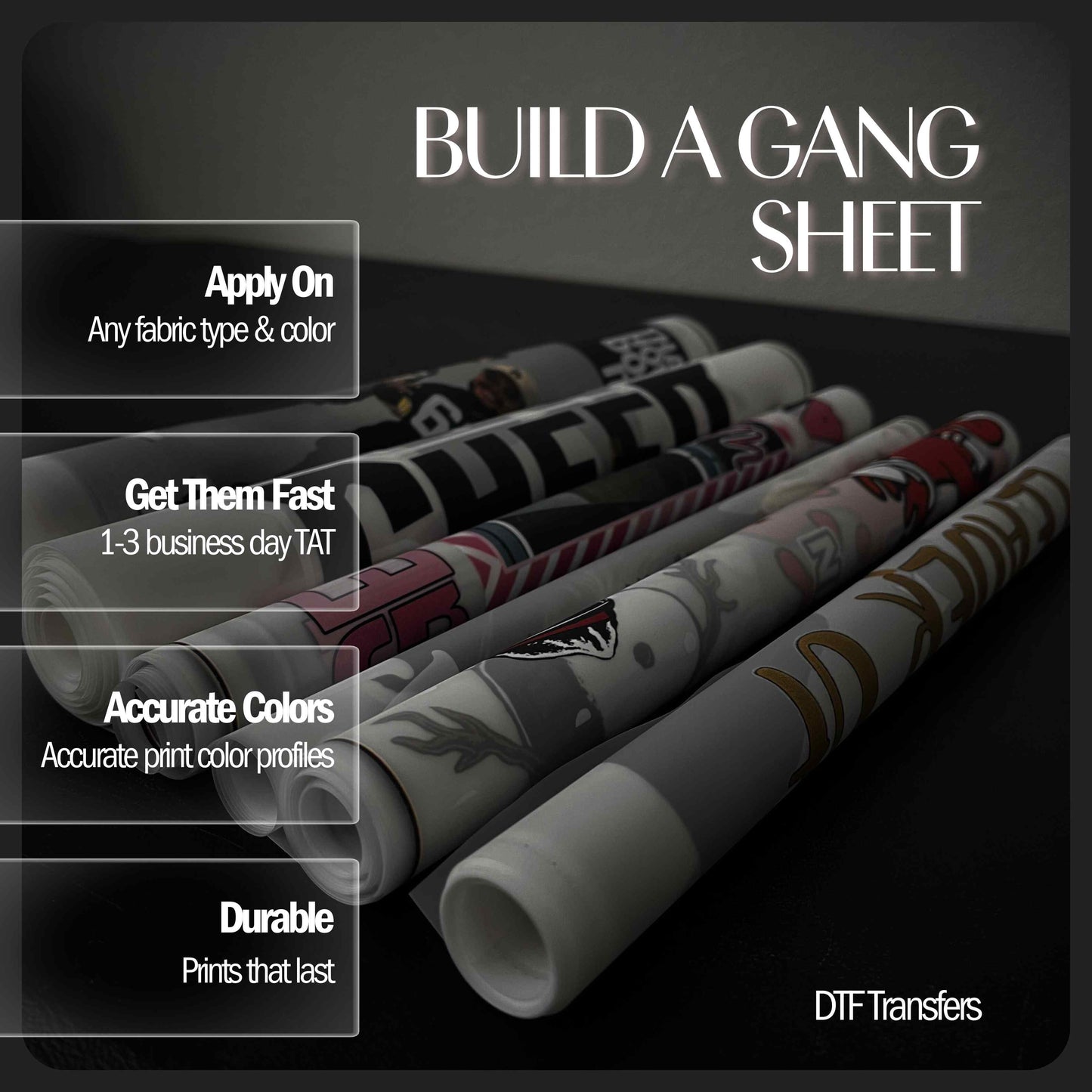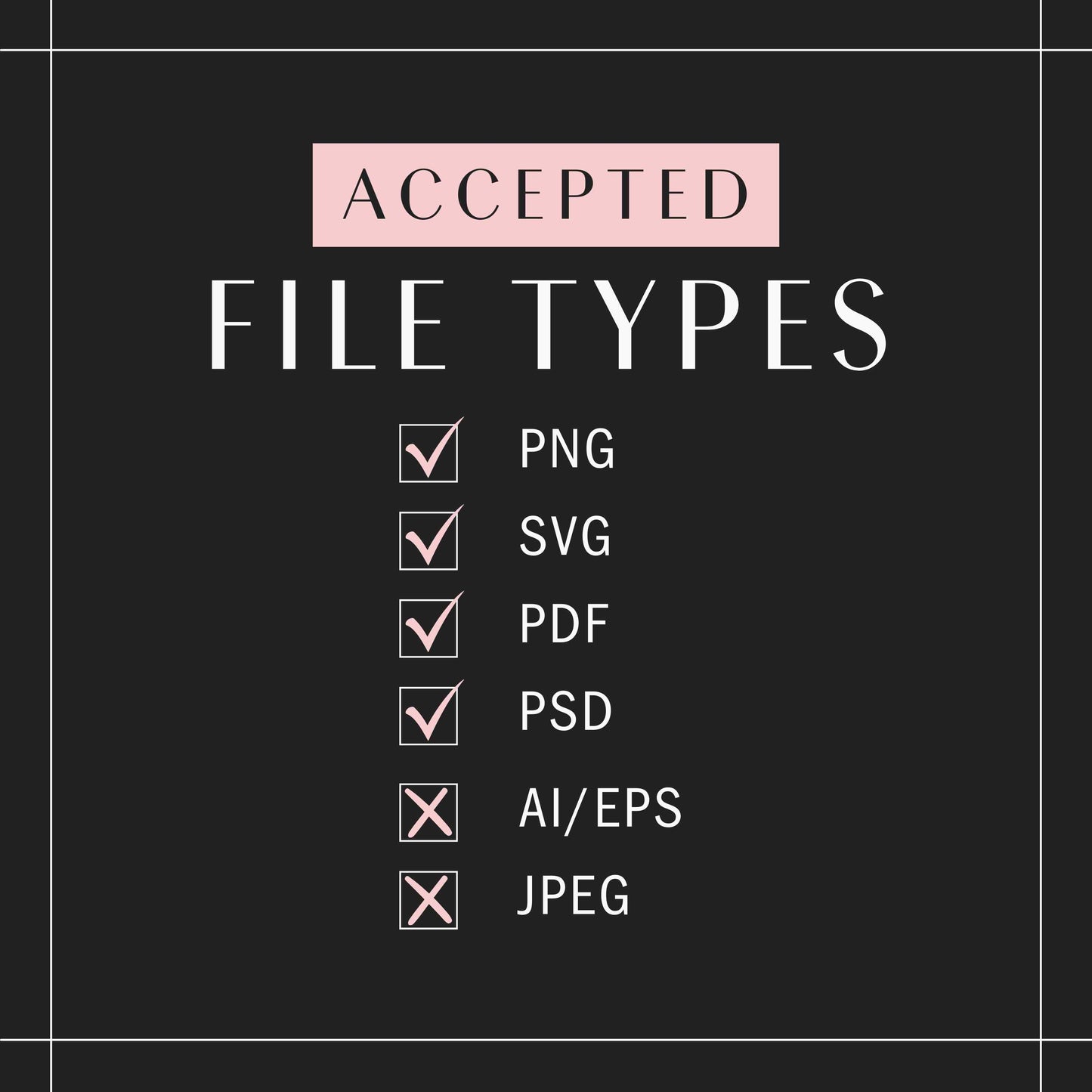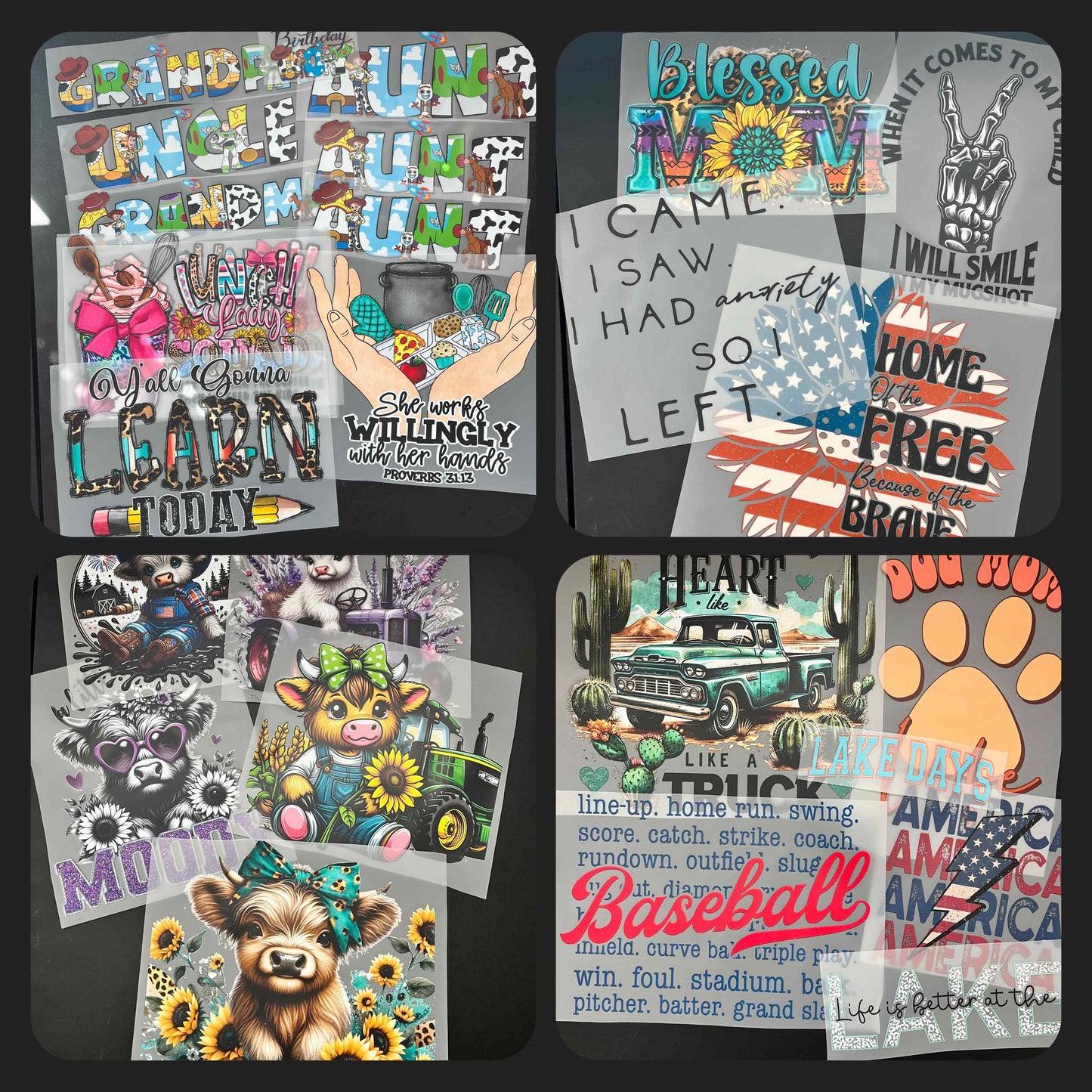Share
Direct To Film Vs. Other Methods Of Apparel Decorating
Unlocking the Art of Garment Decorating: Exploring Methods and Their Pros and Cons
When it comes to bringing your designs to life on fabric, the world of garment decorating offers a plethora of techniques, each with its unique set of advantages and drawbacks. In this blog, we'll take a deep dive into the most popular methods—Direct to Film, Screen Printing, Direct to Garment (DTG), Sublimation, and Heat Transfer Vinyl (HTV)—to help you make an informed choice for your next project.
1. Direct to Film (DTF):
Pros:
- Precision Personified: DTF allows for intricate details and vibrant colors with high-resolution prints.
- Versatility: Suitable for a wide range of fabrics, including cotton, polyester, and blends. These transfers also allow you to apply your designs to dark colored garments due to the layer of white ink on the back.
- Quick Turnaround: The process is relatively quick, enabling faster production times.
Buying DTF transfers allows anyone with a heat press to create eye catching apparel in only 15 seconds!
Cons:
- Initial Investment: Setting up a DTF printing operation may require a significant upfront investment. For more information about start up costs, visit our blog Print Paradise: Navigating the DTF Dilemma – Transfers vs. Printers!

2. Screen Printing:
Pros:
- Cost-Effective for Bulk Orders: Ideal for large quantities, making it cost-effective for bulk production.
- Long-Lasting Prints: Offers durability and longevity, especially on darker fabrics.
- Versatile Ink Options: Works well with various ink types, including metallic and glow-in-the-dark.
Cons:
- Complex Setup: Screen printing involves a multi-step process, making it more intricate to set up.
- Limited Detail: Intricate details may be challenging to reproduce compared to newer technologies.

3. Direct to Garment (DTG):
Pros:
- Photo-Quality Prints: DTG achieves high-quality, detailed prints, including gradients and photographs.
- No Color Limitations: Supports a vast spectrum of colors without additional costs.
- Suitable for Small Runs: Perfect for on-demand or small-batch printing.
Cons:
- Fades on Dark Fabrics: Darker fabrics may experience color fading over time.
- Machine Costs: DTG printers can be expensive, impacting initial investment.
Since DTG machines print directly on the garment, in order for the garment to be printed on, it must be at the same location as the printer. This means the printer can't sell transfers unlike DTF printers and screen printers.

4. Sublimation:
Pros:
- Full-Color Printing: Sublimation offers vibrant, full-color prints with a soft hand feel.
- Durability: The prints are highly durable, resisting fading and cracking over time.
- Versatility: Suitable for a variety of polyester-based products.
Cons:
- Limited Fabric Compatibility: Primarily works on polyester or polymer-coated substrates and ONLY on white or light colored garments.
- Initial Learning Curve: Requires a learning curve for optimal color management and heat application.
5. Heat Transfer Vinyl (HTV):
Pros:
- Ideal for Personalization: Perfect for creating custom, one-off designs.
- Diverse Fabric Compatibility: Adheres well to various fabrics, including cotton, polyester, and blends.
- Cost-Effective for Small Runs: Suited for smaller production quantities.
Cons:
- Layering Challenges: Layering can be tricky, impacting intricate designs.
- Limited Detail: Fine details may be challenging to achieve compared to other methods.
- Time Consuming: A vinyl cutter must first cut the design in the vinyl and then the empty spaces in the design are pulled out (weeded).
In conclusion, the ideal garment decorating method depends on your specific project requirements, budget, and desired outcomes. Whether you prioritize speed, cost-effectiveness, or intricate detailing, there's a method tailored to meet your needs. We prefer DTF transfers do to their versatility, durability, speed, and ability to produce vibrant, high resolution images.

Ready to dive into the world of DTF transfers? Click here to order yours today!
